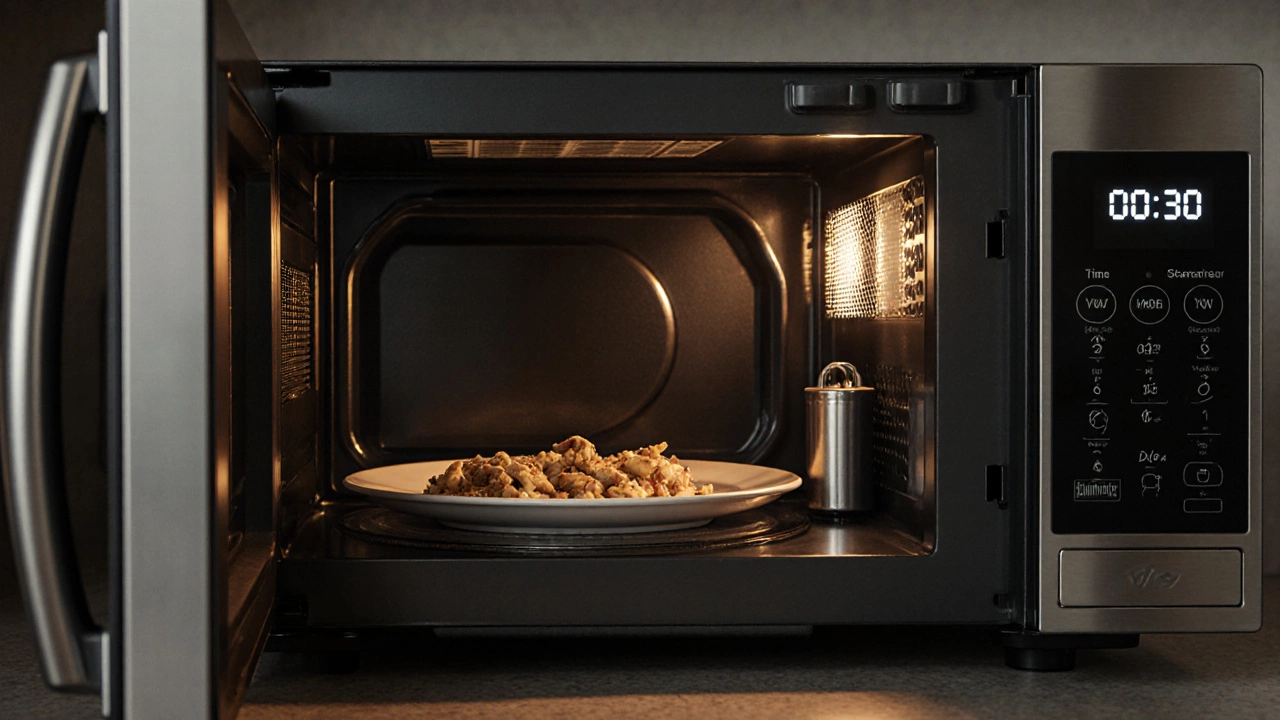Learn the tell‑tale signs of a failing microwave magnetron, how to spot them, and when it’s time to replace the part.
Microwave Repair: Simple Steps to Get Your Oven Back in Action
Your microwave stops heating, the turntable won’t spin, or strange noises start popping up. Before you panic, take a breath and try a few easy checks. Most hiccups are small, and you can fix them yourself without calling a technician.
Common Microwave Problems and Easy Fixes
Microwave not heating is the number one complaint. First, unplug the unit for a minute and plug it back in – this resets the internal computer. If that doesn’t work, look inside the door latch. A misaligned latch can stop the safety switch, and the microwave won’t run. Clean any food debris around the latch and make sure the door seals snugly.
Another frequent issue is a **stuck turntable**. Pull the tray out, remove any crumbs, and check the motor gear beneath it. Sometimes a small piece of broken glass or a splinter blocks the gear. Wipe the area clean, replace the tray, and test the spin function. If the motor hums but the tray doesn’t move, the motor may need a replacement – a quick swap for most models.
Strange smells or sparks? That often points to a **faulty magnetron** or a burnt capacitor. These are the core heating components. While you can visually inspect for burnt marks, handling them requires caution. If you see black spots, it’s best to stop using the microwave and call a pro. Trying to replace a magnetron yourself can be dangerous.
If the control panel is unresponsive, try resetting it by holding the “Start” button for 5 seconds. For digital displays, a power cycle (unplug for 2 minutes) usually clears glitches. Keep the user manual handy – many manufacturers list specific error codes that point directly to the faulty part.
When to Call a Professional
Even with easy fixes, some problems need a trained technician. If the microwave still won’t heat after checking the door latch and resetting the power, the magnetron or high‑voltage transformer is likely the culprit. These parts store high voltage and can give you a serious shock if mishandled.
Water damage is another red flag. If you spilled liquid inside, the circuit board may be corroded. A professional can clean the board, test for continuity, and replace components if needed. Trying to dry it out yourself might leave hidden moisture that causes future failures.
Finally, consider the age of the appliance. Microwaves older than 8‑10 years often have wear‑and‑tear that adds up. Compare the cost of a major repair (magnetron, transformer) with the price of a new, energy‑efficient model. In many cases, a new microwave saves you money in the long run.
When you decide to call a service, look for a local Mumbai repair shop with good reviews and certified technicians. Ask about a flat‑rate diagnostic fee so you won’t be surprised by hidden costs. Reputable centers will also give you a clear estimate before starting any work.
Remember, safety comes first. Always unplug the microwave before opening any panel, and never attempt to fix high‑voltage parts unless you’re trained. Small issues like a dirty latch or a stuck turntable are easy fixes you can do in minutes. Bigger problems are best left to the experts.
By following these quick checks, you can often bring your microwave back to life without a costly service call. Keep this guide handy, and you’ll know exactly what to try next time your microwave misbehaves.
When a microwave stops working, it can disrupt daily routines. This article explores the most common reasons behind microwave failures and provides practical tips to fix them. From broken door switches to malfunctioning magnetrons, find out how to troubleshoot these problems effectively. This guide also shares preventative measures to help extend the life of your microwave.

